Last Tuesday (5th March) the Geezers were given a privileged tour of Shadwell Fire Station by Blue Watch. We shown all around a fire engine by Scott Turner who was very good at explaining everything. Geezer, Paul Dixey even got to turn the sirens on.
Each fire station houses just one engine, but central control can deploy extra engines from different fire stations. These fire engines contain 1,360 litres of water, which will last about 15 minutes, during which time they can be hooked up to fire hydrants, or other water sources such as lakes or canals.
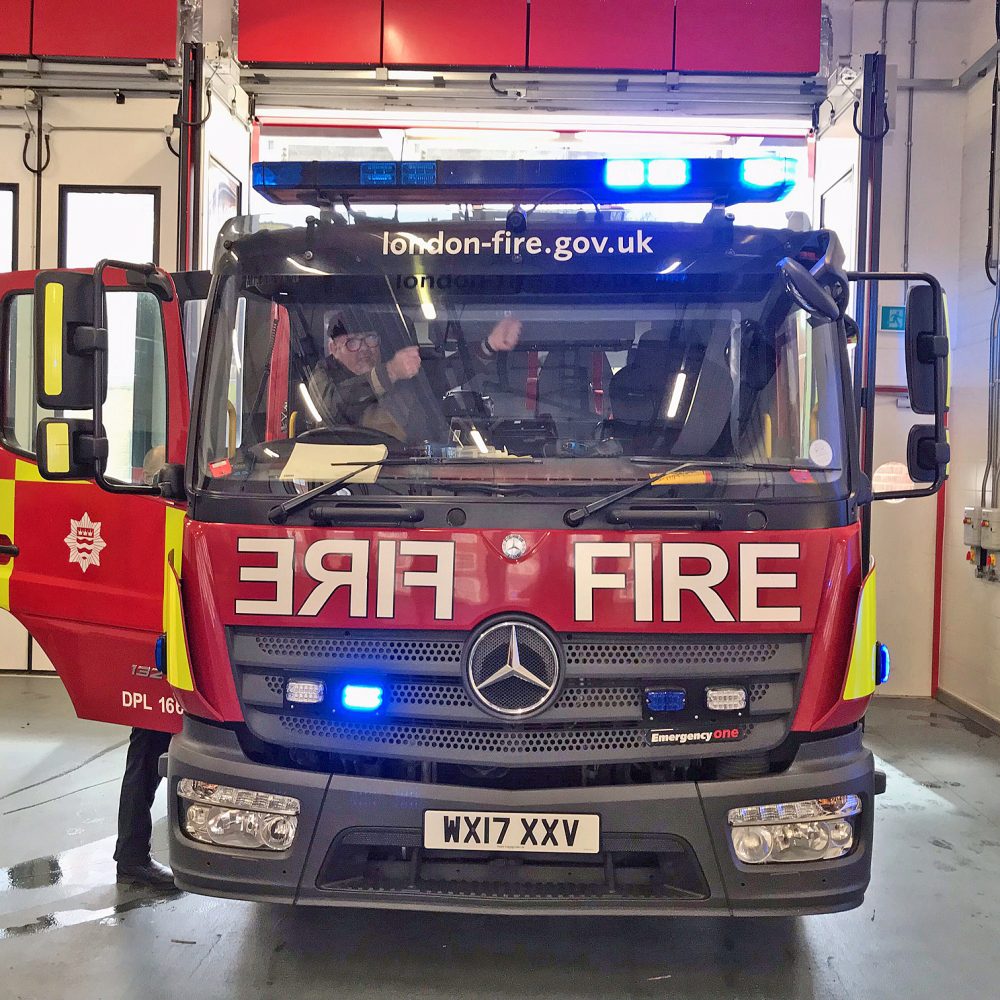
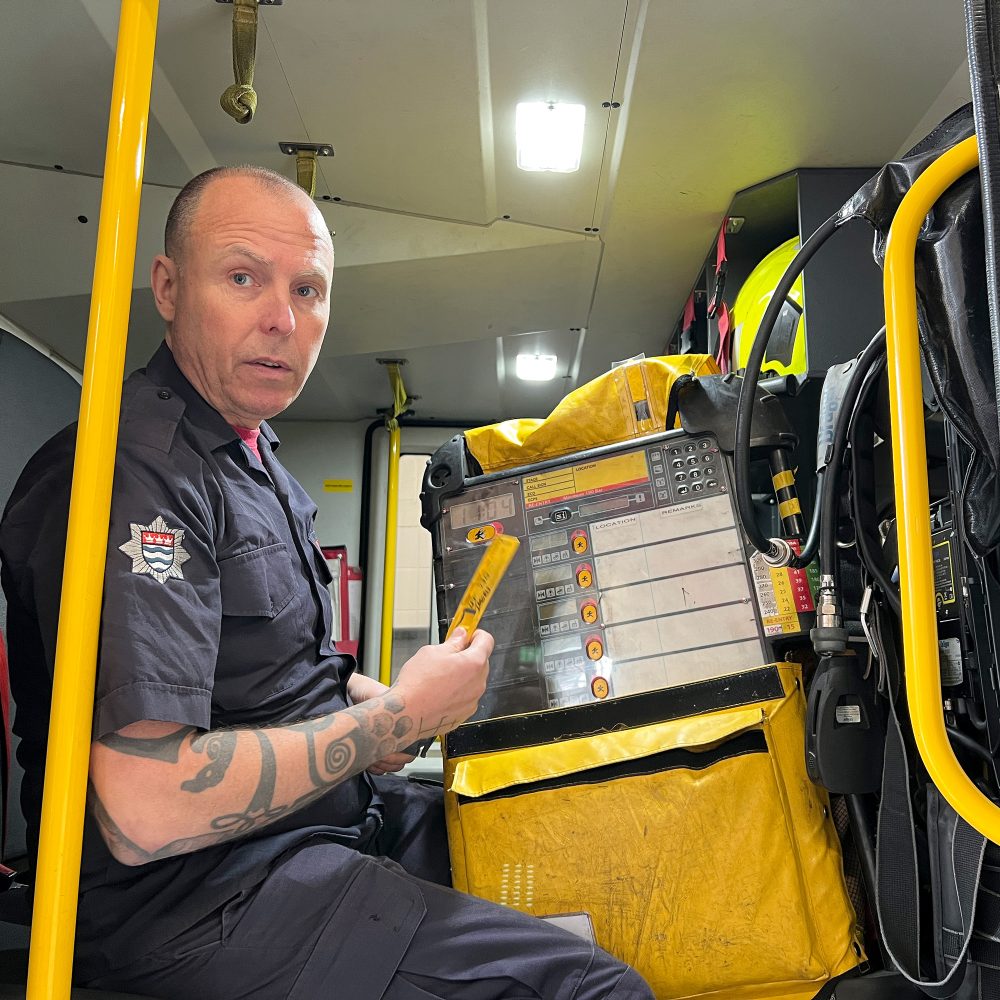
Scott showed us the digital breathing apparatus board. Just in case the communication with the firefighters fails, they write on it with a chinagraph pencil as a backup.
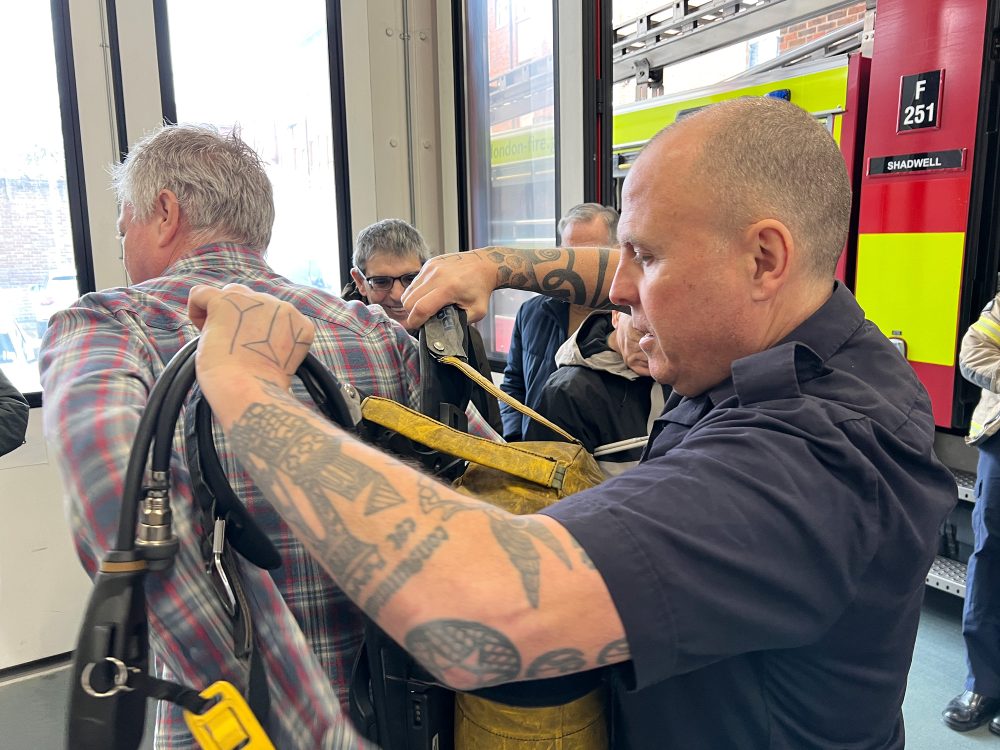
Eddie Snooks tried on an air cylinder. When I asked him if it was really heavy he replied, “Well, you wouldn’t want to go too far with it on.” The cylinders weigh 15kg, and supply air for up to 30 mins, but less if the firefighter is using a lot of energy going up ladders and running about.
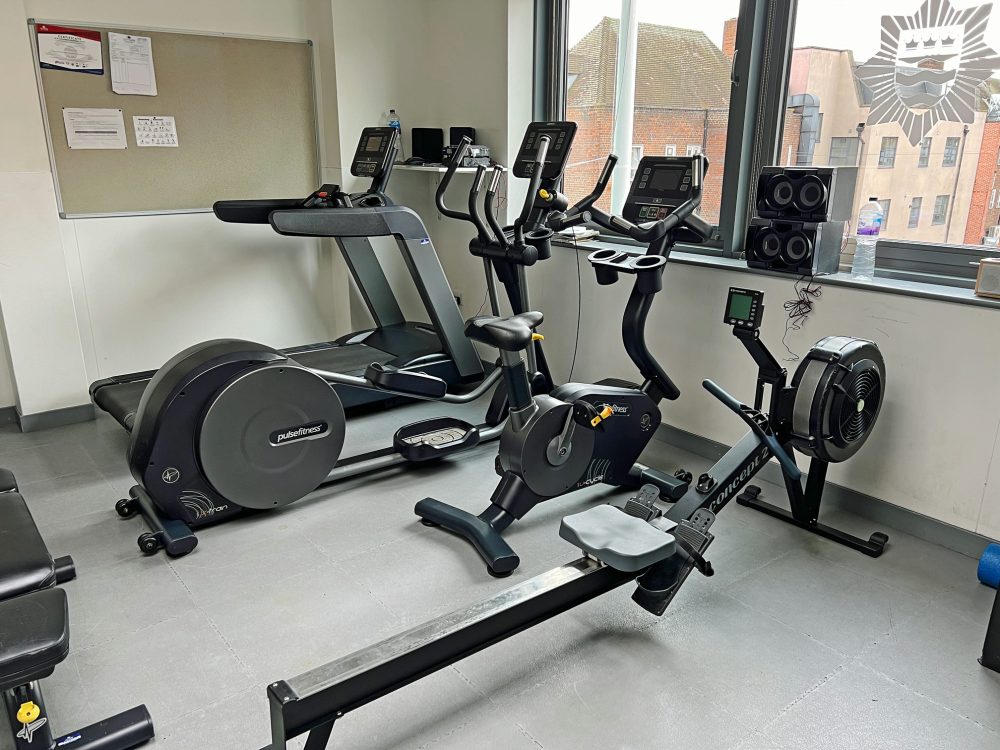
You have to be very fit to work as a firefighter. As well as carrying 15kg on their backs they also have to be prepared to carry someone over their shoulder down a ladder.
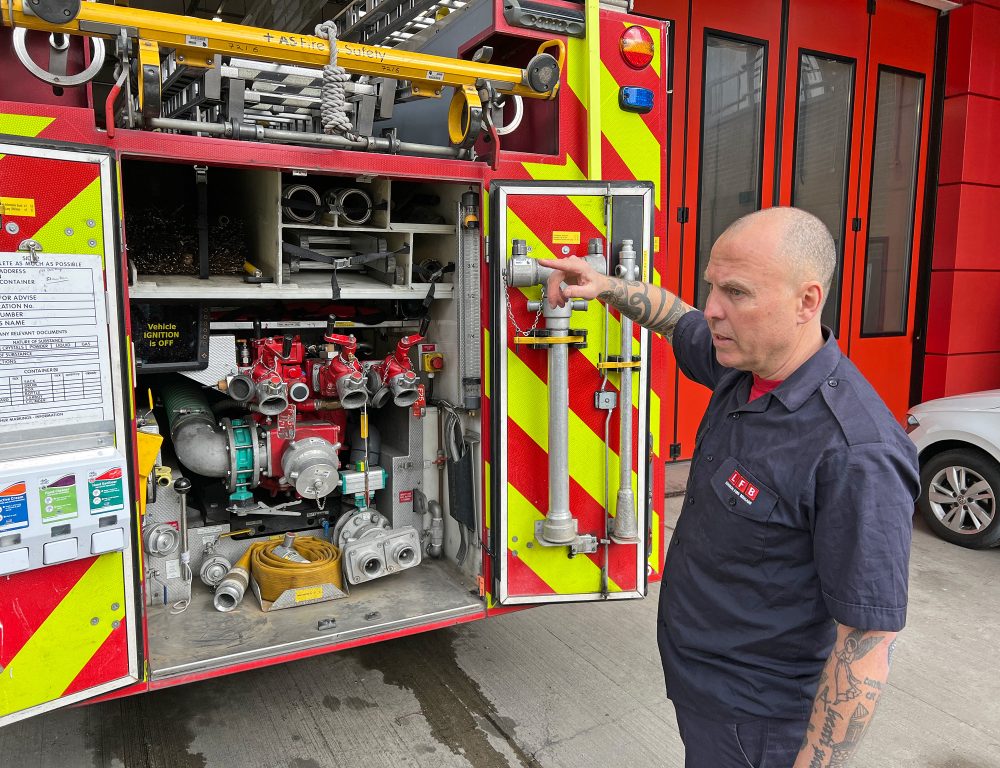
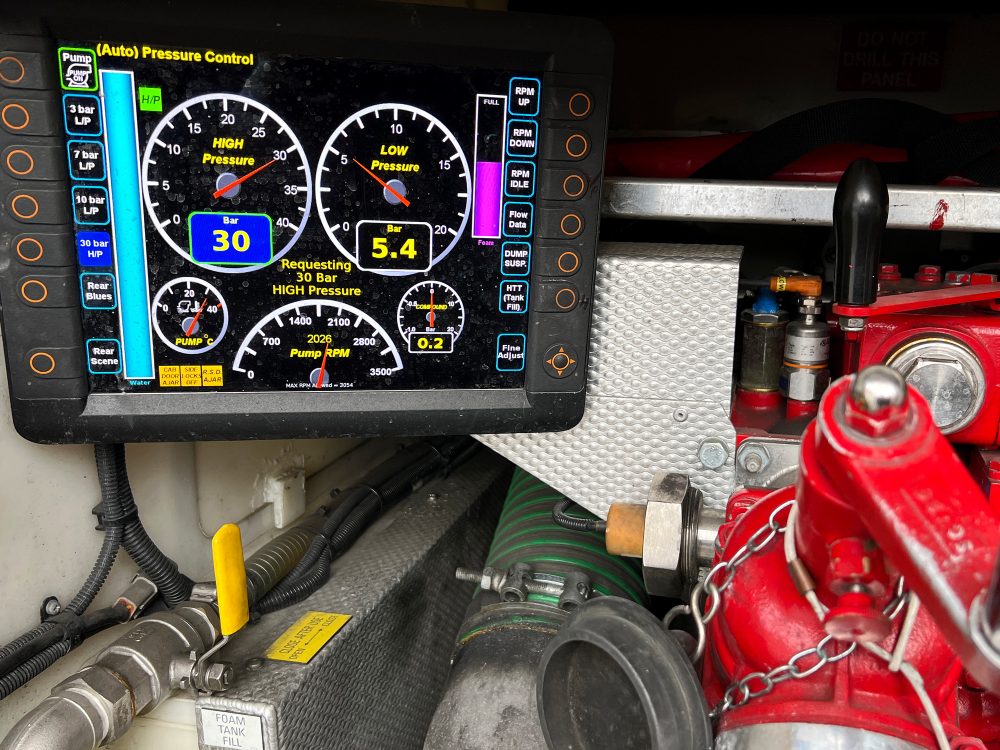
On full power the engine can pump water over the top a four storey building. Sometimes they need to spray water over potentially explosive acetylene cylinders to cool them down before they can go in.
They spend a lot of time training with equipment in fire stations. There is a four storey practice tower in the yard.
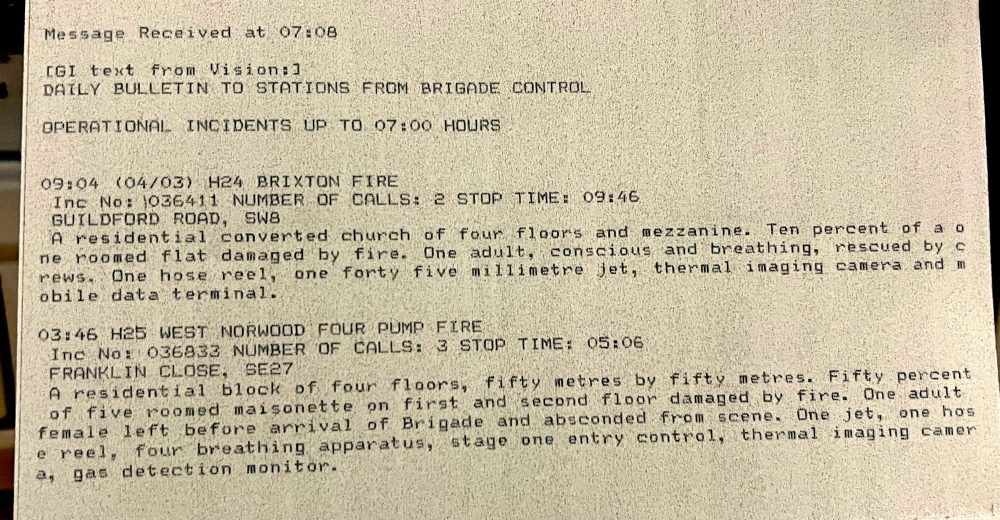
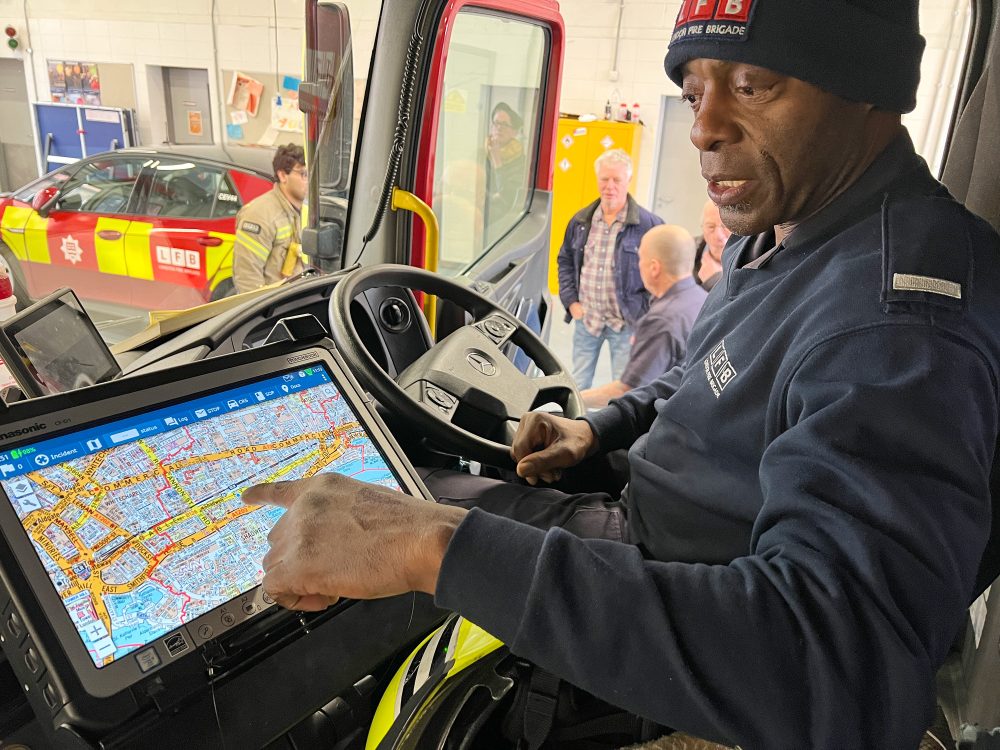
I asked what the screen shows inside the cab Hass invited me to jump up into the cab and showed me. He said that when they get a shout the screen will automatically show them where it is, and provide a route map. It will also show where other fire engines are from different stations, and how close they are to the fire. It also shows where the fire hydrants are.
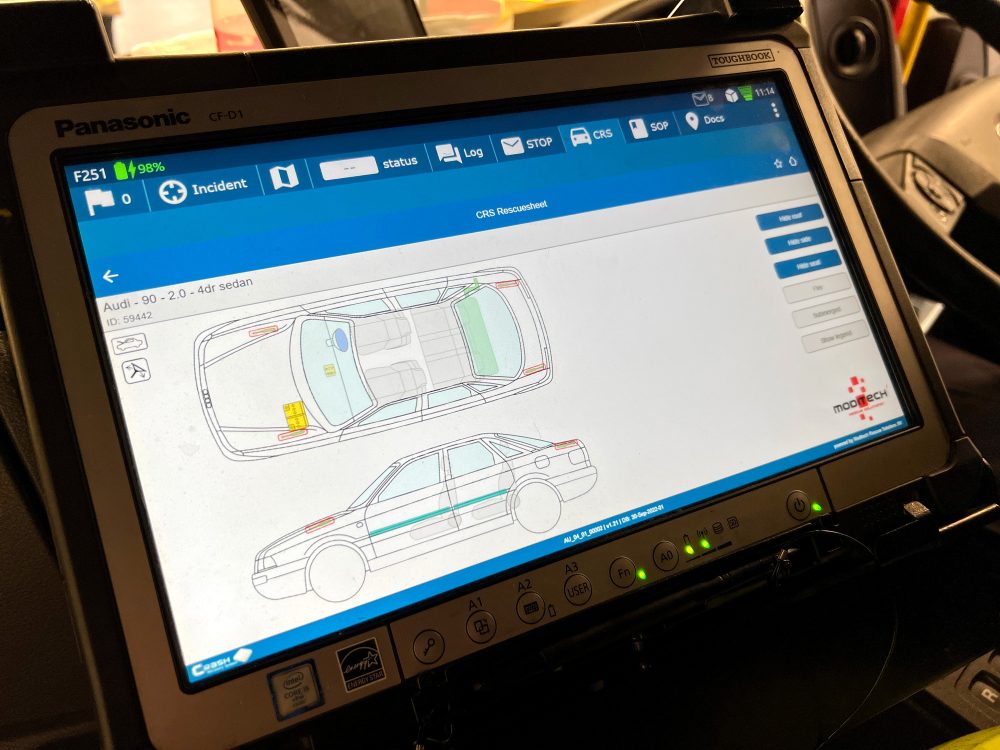
It can provide details about individual car models. When they have to cut up a vehicle in a hurry they need to know where the aid bags are – they don’t want to explode with an injured person inside. They can see at a glance where the fire hazards—the battery and petrol tank—are located. And it indicates where not to cut the car. They can view this on route to an accident.
The side of each fire engine contains hundreds of bits of equipment: axes, hose reels, ladders, and special heavy duty tools to quickly rip a car body open to save the passengers. If someone gets trapped under a car they carry inflatable air bags which can quickly lift a car up.
They have what’s called an enforcer, as used by the police, which they use to ram doors open to get to people trapped inside.
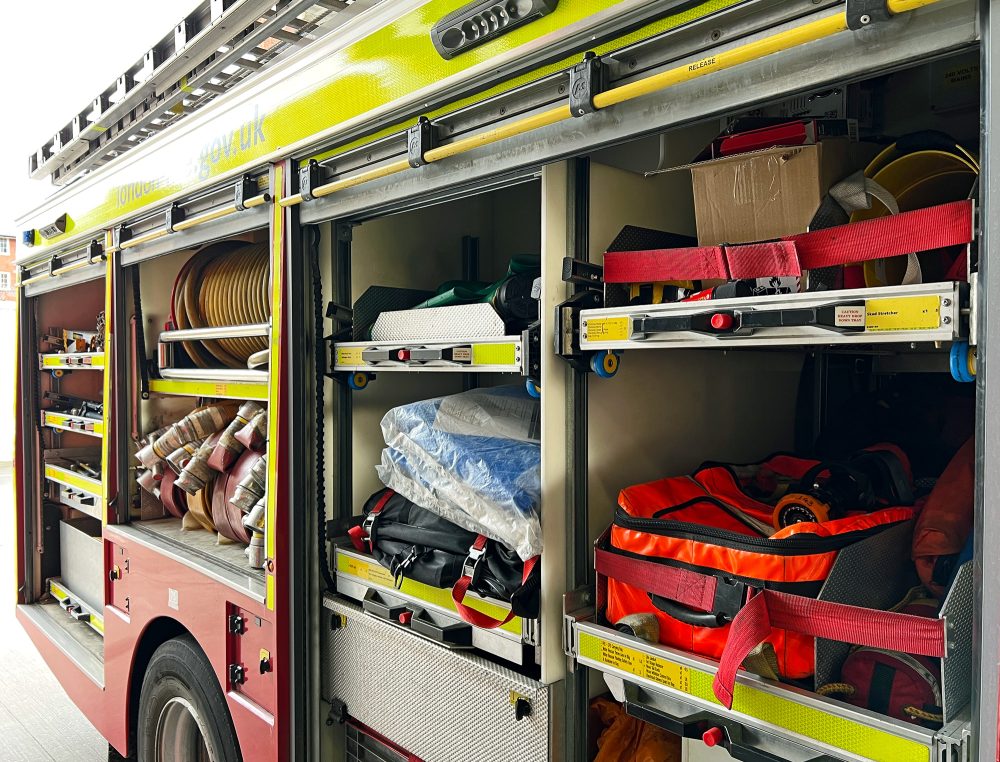
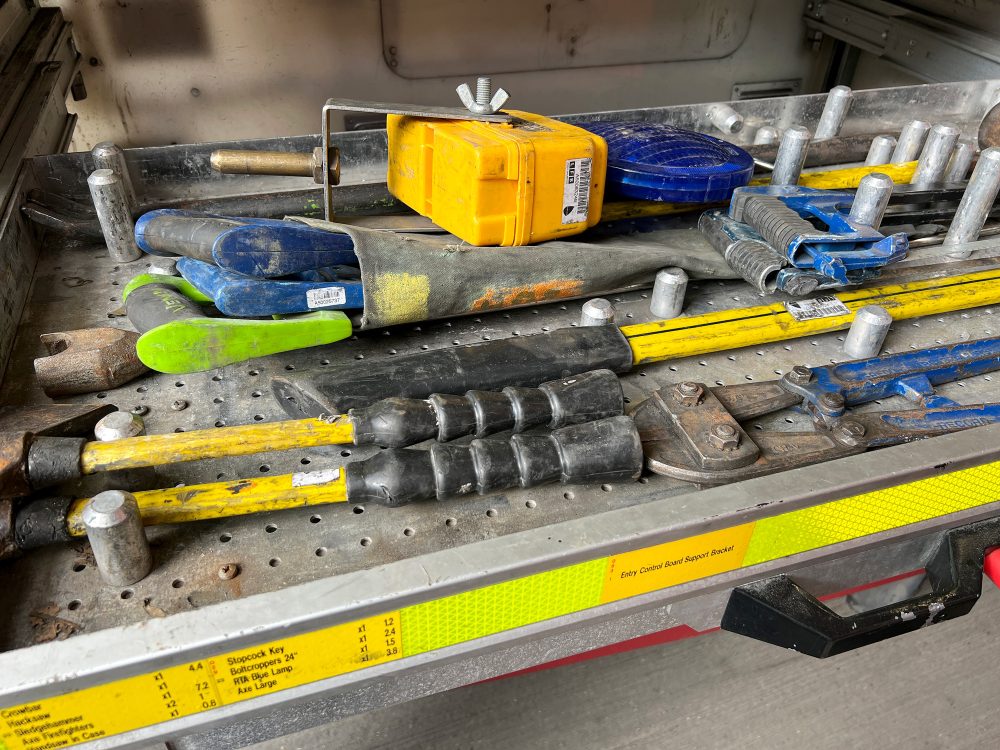
Each fire station is able to buy scrap cars to practice on.
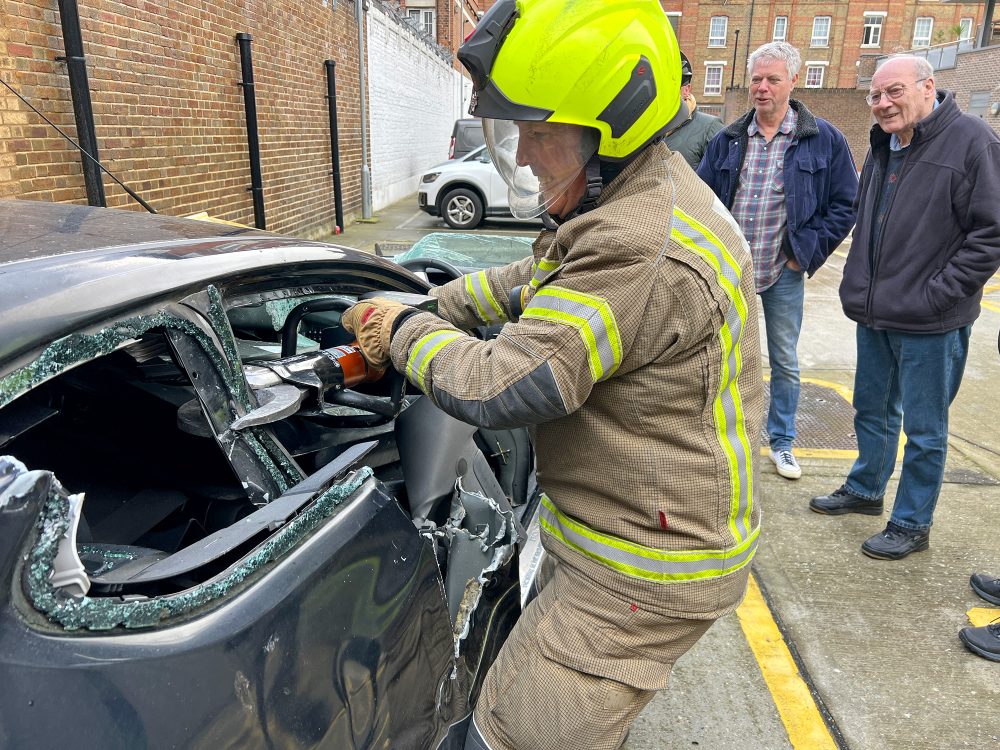
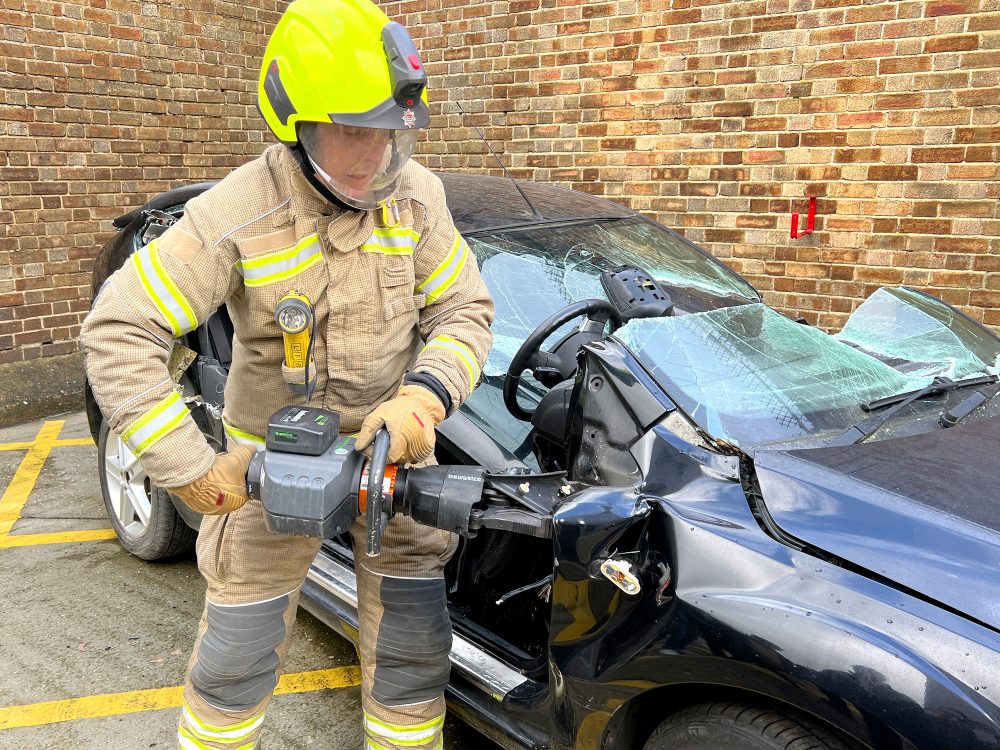
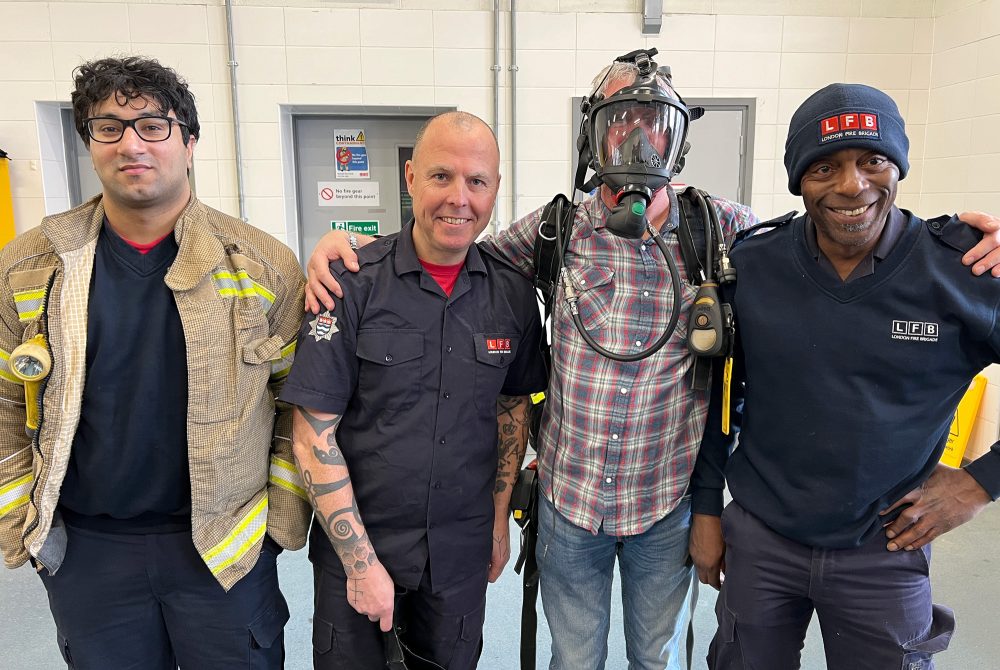
As we listened to our local firefighters talking we were picking up how brave, strong and selfless they are. They will step off ladders into burning buildings filled with smoke, wearing breathing apparatus, yet scarcely being able to see what’s there. They carry thermal imaging cameras to identify people who have perhaps been overcome by smoke, provide first aid and carry them out. They take a strong rope up with them so they can haul whatever extra kit they need up four floors.
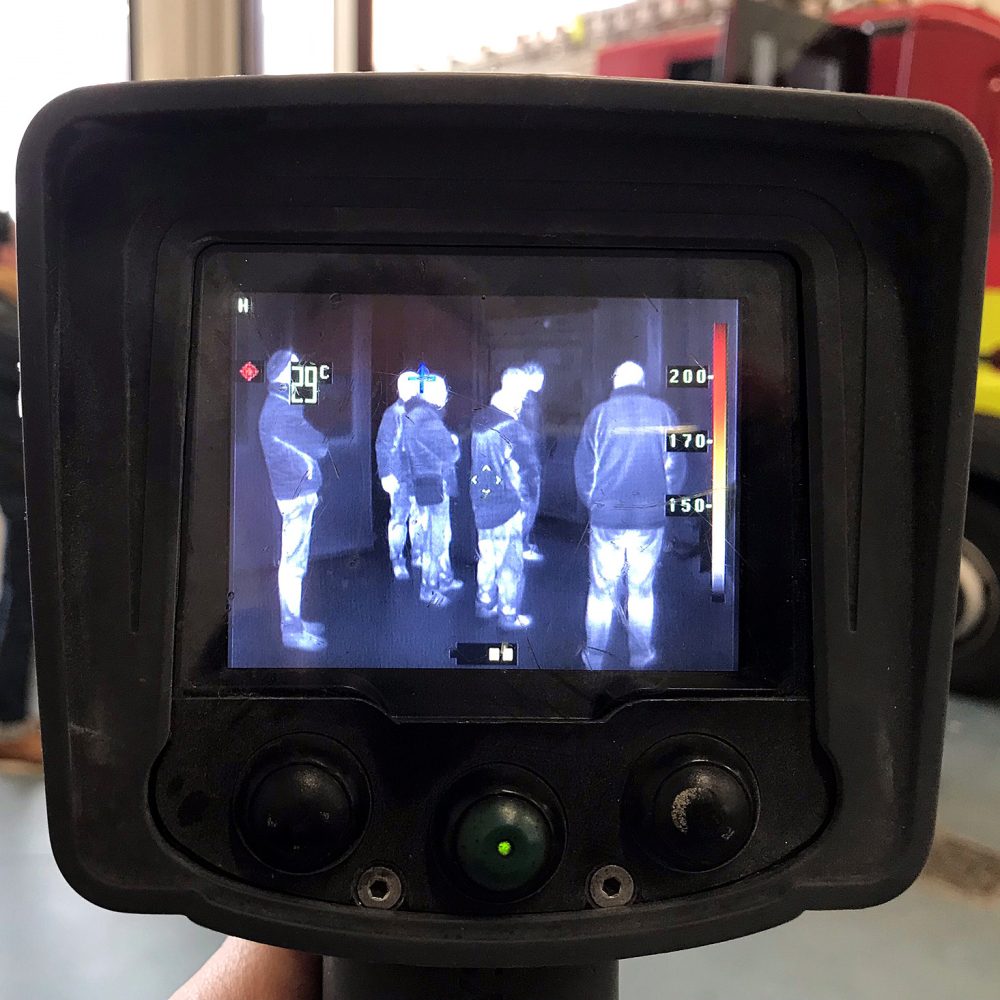
We were given an excellent tour of how Shadwell fire Station works, and an overview of what a firefighter actually does. A lot of this was news to most of us. We would like to thank Scott Turner and the team for inviting us.
Alan Tucker
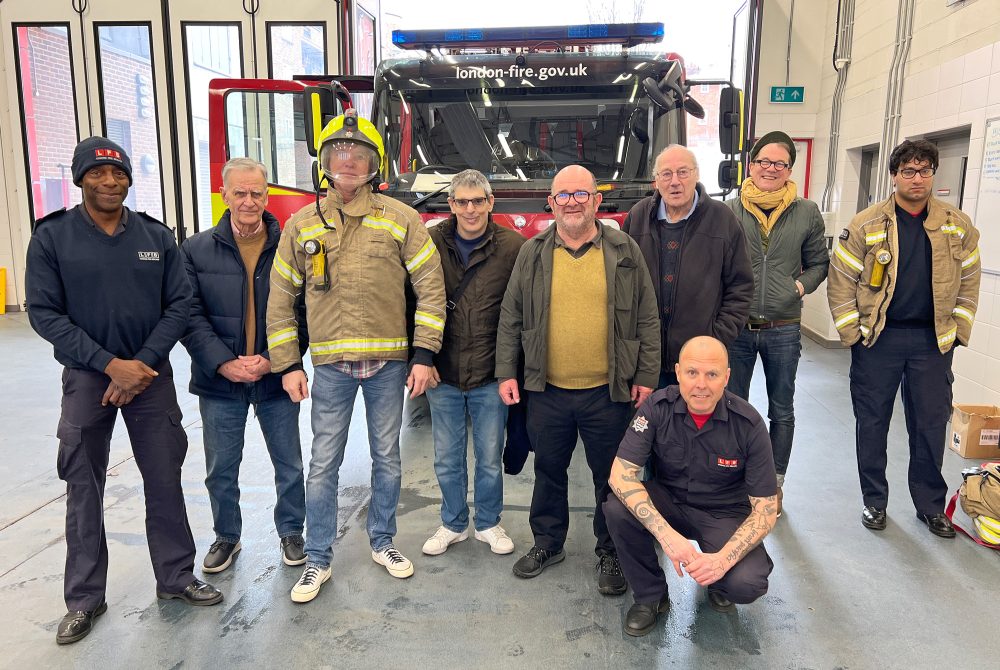


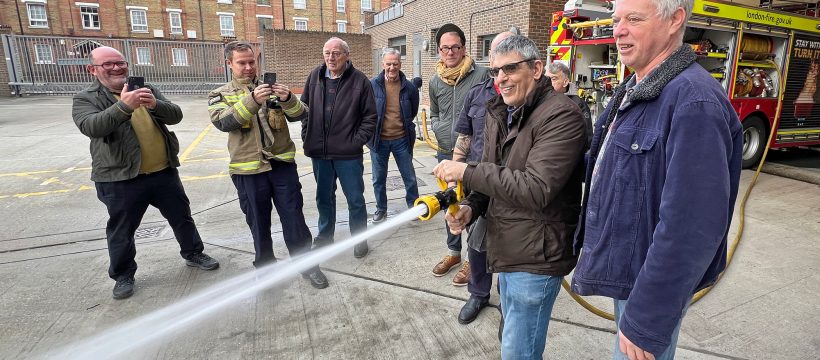
Love the name of your group and the firehouse visitm